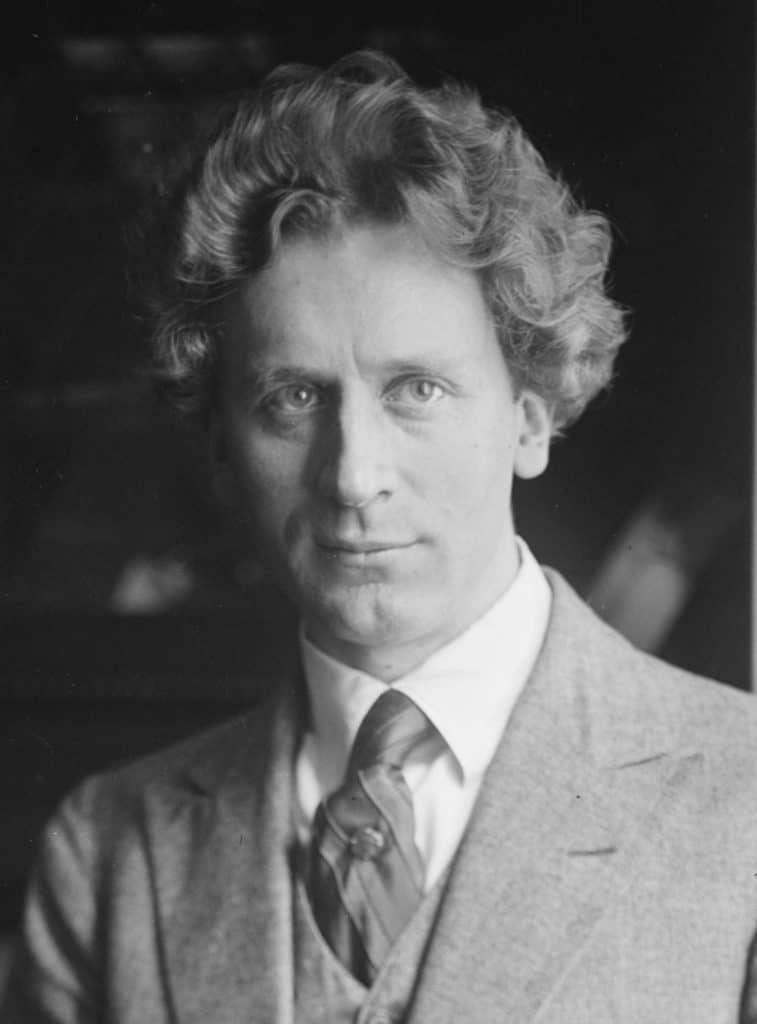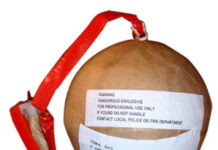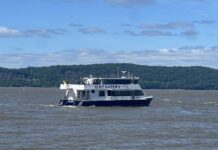
By Mary Hoar, President Emerita Yonkers Historical Society, recipient of the 2004 Key to History, President Untermyer Performing Arts Council
Monday, May 17th
May 17, 1945: Mayor Curtiss Frank informed the Common Council “In sum and substance, the deal to have the Celanese Corporation of American erect a $1 million research lab here is off.” Protests of area residents had stymied negotiations. Although Celanese indicated Yonkers was its first choice, it went elsewhere.
May 17, 1946: Andrew Coppola, President, announced the seaplane base at 1201 Warburton Avenue reopened under its previous name, Hudson Valley Flyers. Coppola said the new company wanted to encourage men and women to experience pleasure flying, and added a new Piper Cub seaplane to its equipment. Company founder Paul Lonquish, an Army Air Force Captain still stationed overseas, operated the seaplane base for two years before the war; the base almost was destroyed by a 1944 hurricane. Three instructors gave lessons, including Joseph Achino who instructed Army cadets during the war.
Tuesday, May 18th
May 18, 1944: As part of the New York Guard’s Company I, 56th Regiment and the First Signal Company recruitment drive, Staff Sergeant Carl Babiar showed outdoor movies of the company’s activities at Camp Smith in Peekskill; movies were shown in Getty Square, accompanied by a display of the weapons and equipment used by both Guard companies.
May 18, 1945: City Clerk Francis Heafy received an interesting thank you note! Chairman of the Yonkers Cigarette Fund, a group that sent thousands of cigarette packages to our fighting men in all combat theaters, he received a short thank you from Marine gunnery sergeant E. V. Murray. The note read, “The cigarettes arrived and were appreciated. Regards to the girls in the office from the boys (7) in Foxhole No. 13.”
Wednesday, May 19th
May 19, 1940: A Grand Jury began investigating the Yonkers relief and WPA administrations; the potential charge was WPA supplies were removed from the Yonkers projects and “converted to private use.”
May 19, 1942: Unaware an APB had been issued and Yonkers Police cars were searching all over South Yonkers for him, a large deer wandered happily along South Broadway, possibly window shopping. Unfortunately, its life ended when it jumped through the glass window at 492 South Broadway.
May 19, 1945: The American Labor Party, at a public forum they called “The Future of Our Town,” advocated for a coalition of “all the forces of good government” to cope with the “all time low in Politics.” They held the event at the United Electrical Workers Hall at 34 North Broadway.
Thursday, May 20th
May 20, 1927: Internationally known pianist Percy Grainger made his Yonkers debut at a concert at Gorton High School.
May 20, 1953: Former Mayor William Wallin (1918-1921) tried to start a movement for the Radford Building to keep its name. The top two floors were being torn down, and the two lower floors were being renovated. Radford Hall, the scene of many meetings and rallies, was on the upper floor in the building built in 1867. According to Wallin, the building not only was the largest but also the best office and store building in Yonkers. William Radford, the first President of the Village of Yonkers, served 1855 and 1856.
Friday, May 21st
May 21, 1907: Yonkers Civil War Veterans announced their claim to the “youngest soldier yet,” with the release of the name of George Hendrickson. Hendrickson was only 14 when he enlisted in Yonkers to fight on September 3, 1862.
May 21, 1949: The parishioners of St. Anthony’s Church, Willow Street, celebrated burning of their mortgage at a special banquet held at Vesuvio Restaurant. It was the first time since the parish was founded in 1900 the church was completely debt free.
May 21, 1960: Boston’s Johnny Kelley won the 26-mile Yonkers Marathon, setting a course record of 2:20:13. This winning time placed him on the o US Olympic Marathon team for the second time. He also won the Boston Marathon.
Saturday May 22nd
May 22, 1932: Replaced by a Democrat in January, former Yonkers Police Department electrician Gerald Meadows started proceedings to force the Loehr Administration to reinstate him.
May 22, 1932: The NYS Temporary Emergency Relief Administration allocated $5000 for several repairs to Manor Hall to be done under the temporary relief work program; Philipse Manor Hall was considered to be our Yonkers’ historic shrine.
May 22, 1942: By strict order of the United States Army, all lighted signs in Yonkers were to be extinguished for the duration of the war. All streetlights were shaded so that light only was cast downward; the same was true for lights in store windows. Any other lighted sign had to be “snuffed out” for the duration of the war.
Sunday, May 23rd
May 23, 1930: In the first test of the new Board of Education President Leslie Sutherland, former President Richard Edie was outvoted by a margin of eight to one; the Board was voting an increase of the maximum bid to purchase land to build an addition to School Sixteen. This rescinded a previous resolution to condemn the property if the owners would not accept $45,000.
May 23, 1937: Under a new statute approved by Governor Herbert Lehman, Yonkers residents held the right to force a referendum on any proposed changes in the City Charter, as long as they had enough voters sign the petition.
May 23, 1944: Councilman Edith Welty introduced an ordinance to prohibit smoking on trolley cars; the ordinance passed in 1943 allowed smoking at the back of the cars between May 15th and September 15th; the new ordinance followed the new regulations required by NYS Public Service Commission prohibiting all smoking on buses and trolleys.
Questions or comments, email me at YonkersHistory1646@gmail.com.
For information on the Yonkers Historical Society, Sherwood House and upcoming events, please visit our website www.yonkershistoricalsociety.





